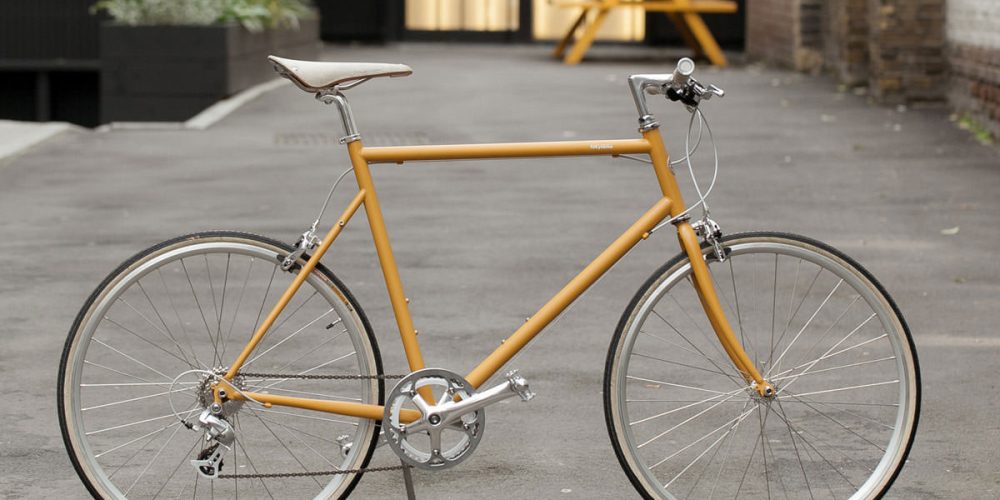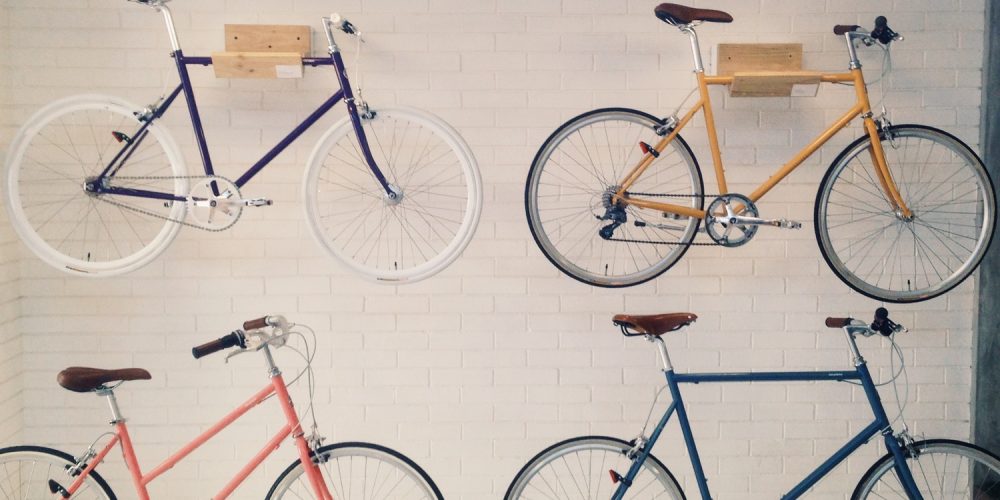- About me
- About us
- Best Selling Products
- Blog Fullwidth
- Blog Grid
- Blog Masonry
- Blog Medium
- Blog Wide
- Booking
- Cart
- Cart
- Checkout
- Checkout
- Contact us
- Default page
- Ecwid Store
- Elements
- FAQ
- Featured Products
- Fullwidth Category
- Homepage 1
- Homepage 2
- Homepage 3
- Icons
- My account
- My Account
- Order Tracking
- Popular Products
- Pricing Table
- Product categories layout test
- Product Detail 1
- Product Detail 2
- Product Extra Option
- Product Extra Option
- Products by ID
- Products by Sku
- Recent Products
- Sale Products
- Sample Page
- Shop
- Shop
- Shop grid
- Shop Grid Left Sidebar
- Shop Grid Right Sidebar
- Shop list
- Shop List Left Sidebar
- Shop List Right Sidebar
- Store
- Test Drive
- Typography
- Under Construction
- Wishlist
Basic riding techniques (part 2)
2
1190
How to Shift
If you think of yourself as the bike’s engine and try to shift frequently to maintain a comfortable and steady pedaling effort, you’ll begin to use the gears more effectively. Keep in mind that shifting works best when you apply only light pedal pressure to the pedals. So shift before the hill gets too steep and never stomp the pedals until a shift has taken place. Most people find a pedal cadence (how many times one pedal goes around in a minute) of about 60 to 90 rpm about right. Find what feels good for you and then shift every time it’s either too hard or too easy to pedal. When you realize that you need to shift, use the right shift lever for small adjustments in pedal effort and use the left lever for major changes in how hard or easy it is to pedal. Most important: don’t be afraid to shift. Shift often and you’ll get good at it and on rides you’ll save energy and feel better.Corner Fearlessly
When you come into a scary turn, if you can get yourself to look to the inside of the turn (don’t just turn your eyes, turn your head and shoulders) you’ll find that the corner is not so scary anymore and you’ll scoot right around it.Take Juli’s Advice
Mountain bike champ Juli Furtado once said, “The faster you go, the easier it gets.” It’s great advice. Most of the bike handling problems people have are related to riding the brakes too much. If you can back off the brakes and let the bike roll, you’ll discover the wonders of momentum: with a little more speed, the bike gains stability, it gets easier to hold the good line and you steamroll obstacles that used to give you fits.Use Bigger Gears Off Road
To make off-road rides smoother and more comfortable, try riding in slightly larger gears. This allows you to support more of your weight on the pedals and get some off your seat, which allows “floating” over, rather than pounding into ruts, roots and other rough stuff. The same trick works riding your road bike over bumpy pavement. Give it a try!Just Learning?
New cyclists are often afraid to ride on busy streets because they’re not confident getting into the pedals, shifting and braking. You could pedal laps around the neighborhood. A more exciting approach is putting your bike in the car (bring along a cooler with some goodies) and driving to a safe country road. Here you can ride in either/both direction(s) from your car to see some scenery while practicing your skills on a safe road!Basic riding techniques (part 2)
1
747
How to Shift
If you think of yourself as the bike’s engine and try to shift frequently to maintain a comfortable and steady pedaling effort, you’ll begin to use the gears more effectively. Keep in mind that shifting works best when you apply only light pedal pressure to the pedals. So shift before the hill gets too steep and never stomp the pedals until a shift has taken place. Most people find a pedal cadence (how many times one pedal goes around in a minute) of about 60 to 90 rpm about right. Find what feels good for you and then shift every time it’s either too hard or too easy to pedal. When you realize that you need to shift, use the right shift lever for small adjustments in pedal effort and use the left lever for major changes in how hard or easy it is to pedal. Most important: don’t be afraid to shift. Shift often and you’ll get good at it and on rides you’ll save energy and feel better.Corner Fearlessly
When you come into a scary turn, if you can get yourself to look to the inside of the turn (don’t just turn your eyes, turn your head and shoulders) you’ll find that the corner is not so scary anymore and you’ll scoot right around it.Take Juli’s Advice
Mountain bike champ Juli Furtado once said, “The faster you go, the easier it gets.” It’s great advice. Most of the bike handling problems people have are related to riding the brakes too much. If you can back off the brakes and let the bike roll, you’ll discover the wonders of momentum: with a little more speed, the bike gains stability, it gets easier to hold the good line and you steamroll obstacles that used to give you fits.Use Bigger Gears Off Road
To make off-road rides smoother and more comfortable, try riding in slightly larger gears. This allows you to support more of your weight on the pedals and get some off your seat, which allows “floating” over, rather than pounding into ruts, roots and other rough stuff. The same trick works riding your road bike over bumpy pavement. Give it a try!Just Learning?
New cyclists are often afraid to ride on busy streets because they’re not confident getting into the pedals, shifting and braking. You could pedal laps around the neighborhood. A more exciting approach is putting your bike in the car (bring along a cooler with some goodies) and driving to a safe country road. Here you can ride in either/both direction(s) from your car to see some scenery while practicing your skills on a safe road!A brief history of bicycling
2
1860






